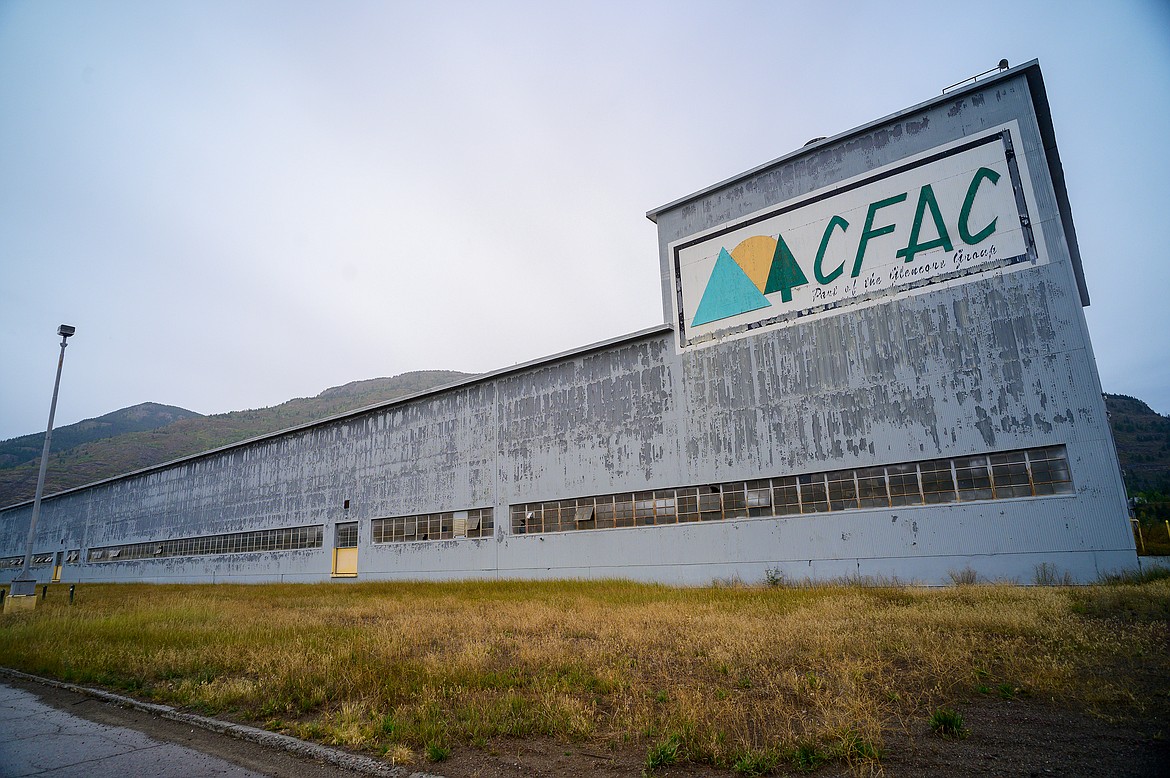EPA says proposed action on CFAC cleanup delayed, again
By CHRIS PETERSON
Hungry Horse News
The Environmental Protection Agency announced last week that the Columbia Falls Aluminum Co. proposed plan will be delayed until spring of 2023.
“Based on the size and scope of the cleanup, Senior EPA leadership will review the plan before it is released to the public; anticipated in spring 2023. We know the community is eager to see EPA’s proposed cleanup options. We hope to use this time to ensure the community is clear on the foundation of the proposed plan,” the EPA said in an email.
The proposed plan was expected to be released in October.
It’s one of the last steps in determining the best way to clean up the site.
The EPA will hold a meeting Sept. 14 at 6 p.m. (today) at the Columbia Falls High School to go over and summarize the remedial investigation/ feasibility study which did an initial analysis of the site and scored different methods to potentially cleanup the defunct aluminum plant.
The proposed action, unlike the feasibility study, will undergo a formal public comment period and could be changed based on public sentiment.
In addition, the EPA will have public outreach on the plant at Sept. 15 from 5 to 8 p.m. at the Community Market.
Thousands of tons of waste were dumped onsite during the 54-year history of the plant.
A feasibility study completed by CFAC last June looked at several alternatives and scored a slurry containment wall combined with bolstering existing landfills as the best alternative for dealing with contamination at the Superfund site.
Test wells near the west landfill and adjacent ponds show levels of cyanide and fluoride significantly higher than the safe drinking water level.
For example, the safe drinking water level for cyanide in water as set by the Environmental Protection Agency is 200 parts per billion. Test wells just downstream from the west landfill show contamination of 5,000 parts per billion.
The feasibility study suggested the best way to clean up the site would be to keep the waste in place and create a “slurry wall” around it to keep the contaminants from leaching out.
A full containment slurry wall has a cost of about $50 million, according to the feasibility study. It would also require longterm monitoring and testing.
The cost to haul the waste away by truck or rail was never determined by the feasibility study, as the document claimed it didn’t score high enough.
It estimated that there’s about 1.2 million cubic yards of material that would have to be removed, which would require 60,000 truck loads.
Hauling that much waste out would take four to five years, assuming there were 70 truckloads of waste removed a day.
That amounts to 60 million miles of driving.
The study, however, seems to take a cursory look at removing the waste by rail.
Many Columbia Falls folks have said they want the waste removed entirely, so the site could be fully redeveloped.
A federal court ruling found that CFAC and its parent company Glencore, are responsible for 65% of cleanup costs, while the Atlantic Richfield Co. owned by British Petroleum, is responsible for 35% of cleanup costs.

